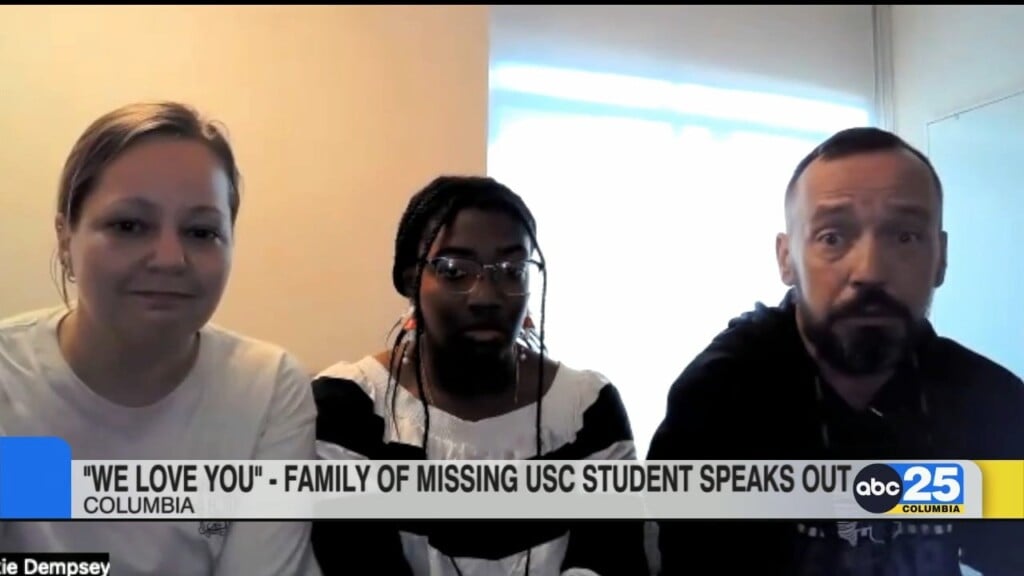The Executive Order: Pros, Cons, and the Use of Executive Authority
Attorney Rich Bolen explains the use of executive orders
[gtxvideo vid=’ihe37i7q’ thumb=’http://player.gtxcel.com/thumbs/ihe37i7q.jpg’ vtitle=’Rich Boland Executive Orders 1′]
Video continues below
COLUMBIA, S.C. (WOLO) – As you might remember from social studies class, Governmental power is granted through the use of checks and balances.
Congress drafts legislation, and provides bills to the President, who serves as the CEO of the “business” of running the United States.
Once the President signs a bill, which has passed both houses of Congress, into law, the Supreme Court then interprets the application of the laws that the two other branches have signed off on.
There is also a rule, based on Article II Section 1, which grants the President the authority to issue an executive order, which does not require legislative approval, however is still overseen and subject to rulings of the Court.
These orders are often based on best practices, guiding Federal Governmental action, or to further the agenda or platform of a given administration.
Attorney Rich Bolen from the Bolen Law Firm joined Tyler Ryan on Good Morning Columbia to explain the use of executive orders, as well as the historical application of this power of the President.

